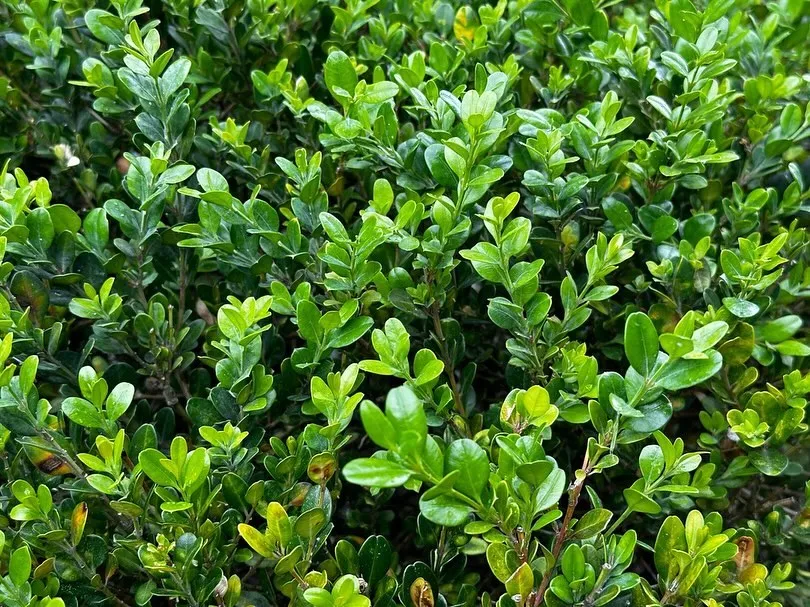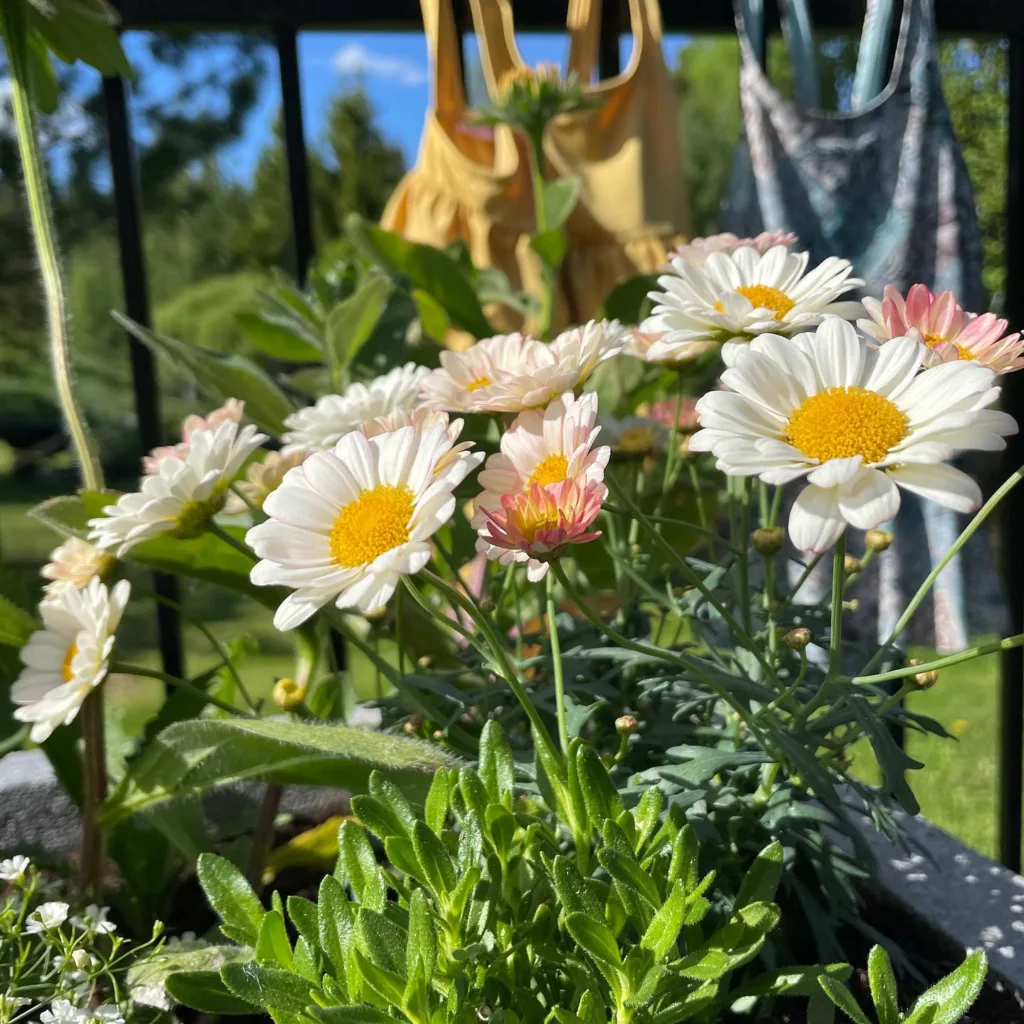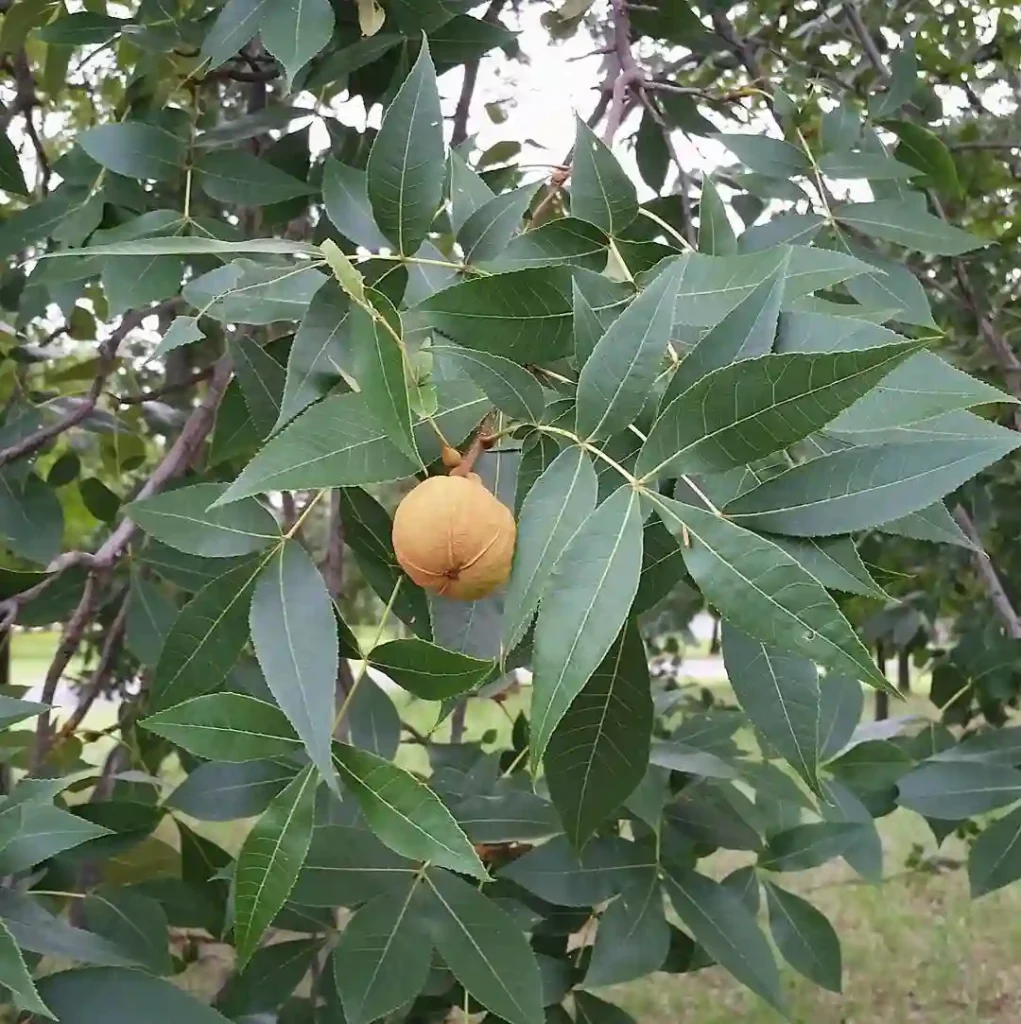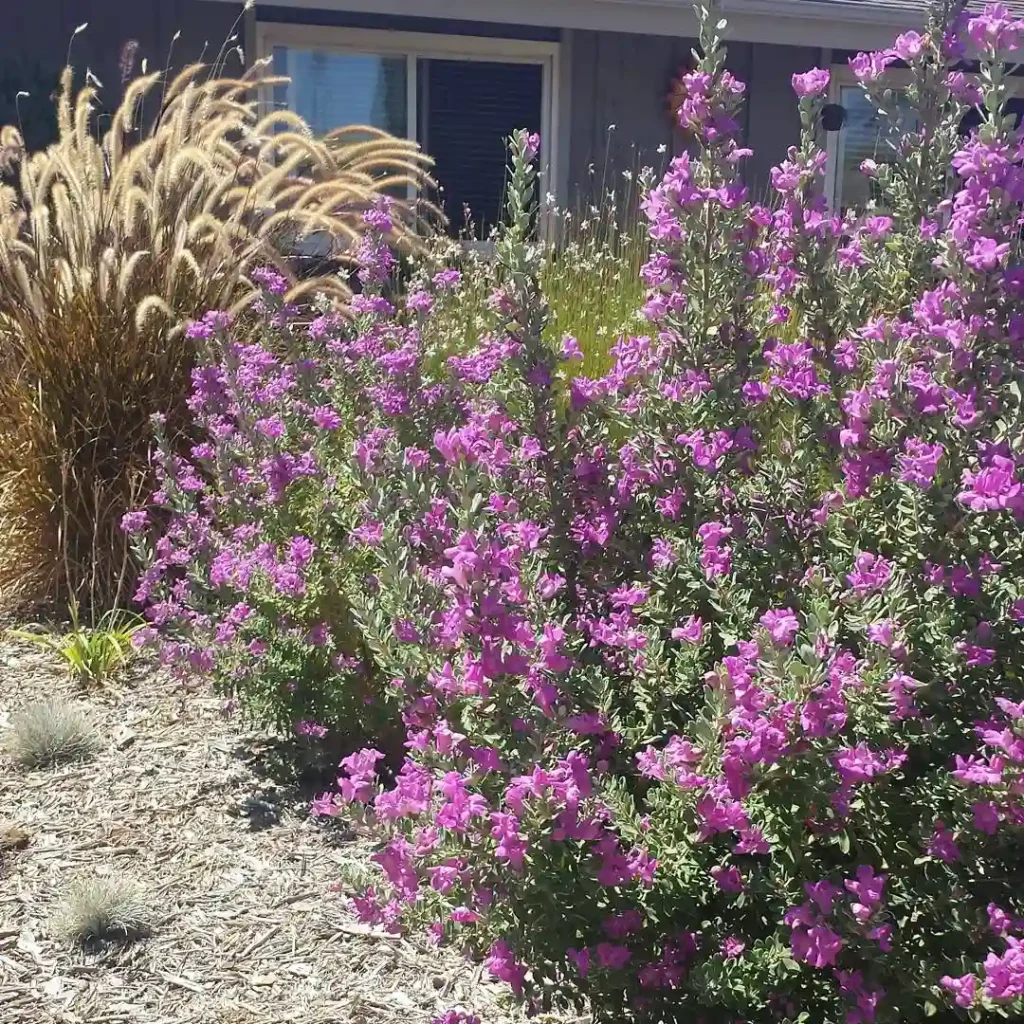FAQs About Callicarpa Japonica
As a plant enthusiast, I often get questions about Callicarpa Japonica, commonly known as Japanese Beautyberry. This plant is celebrated for its vibrant, eye-catching berries and lush foliage. To help you get the most out of your Japanese Beautyberry, I’ve compiled a list of frequently asked questions and my personal insights.
164 Species in Genus Callicarpa
What Is Callicarpa Japonica?
Callicarpa Japonica, or Japanese Beautyberry, is a deciduous shrub native to Japan. It’s renowned for its striking clusters of purple berries that appear in late summer and fall. The plant typically grows between 4 to 6 feet tall and wide, creating a dense, bushy appearance. Its leaves are green and ovate, turning yellow in the fall, which adds to its seasonal appeal.
How to Care for Callicarpa Japonica?
Caring for Callicarpa Japonica is relatively straightforward. Here’s what you need to know:
- Sunlight: It thrives in full sun to partial shade. For the best berry production, place it in a location that receives at least 6 hours of sunlight a day.
- Soil: Japanese Beautyberry prefers well-drained soil. It can tolerate a range of soil types, including sandy or loamy soil.
- Watering: Water it regularly, especially during dry spells. However, avoid waterlogging, as it can lead to root rot.
- Pruning: Prune the plant in late winter or early spring to remove any dead or damaged branches. This will also help maintain its shape and encourage more vigorous growth.
How to Propagate Callicarpa Japonica?
Propagation of Callicarpa Japonica is usually done through cuttings or by dividing the plant:
- Cuttings: Take semi-hardwood cuttings in late summer or early fall. Dip the cut end in rooting hormone and plant it in a pot filled with a mix of peat and perlite. Keep the cuttings moist and in a warm, shaded area until they develop roots.
- Division: In early spring, divide the plant by carefully separating the roots and replanting them. Ensure each division has a healthy root system and several stems.
What to Plant With Callicarpa Japonica?
Pairing Callicarpa Japonica with complementary plants can enhance your garden’s aesthetics:
- Hostas: Their broad leaves provide a nice contrast to the delicate foliage of the Beautyberry.
- Fern: The texture of ferns contrasts beautifully with the dense, bushy growth of the Beautyberry.
- Astilbe: The feathery plumes of Astilbe add a touch of elegance next to the bold berries of the Beautyberry.
Can You Grow Callicarpa Japonica Indoors?
Callicarpa Japonica is best suited for outdoor gardens. It requires plenty of sunlight and space, which can be challenging to replicate indoors. If you live in a colder climate, you might consider growing it in a pot that can be moved indoors during the winter months. However, it’s not an ideal indoor plant due to its size and light requirements.
Is Callicarpa Japonica Toxic?
Callicarpa Japonica is generally considered non-toxic to humans and pets. However, it’s always wise to keep an eye on pets, as ingesting any plant material can cause digestive upset.
Callicarpa Japonica Var. Luxurians Safe for Rabbits?
The variety Callicarpa Japonica Var. Luxurians, like the standard Japanese Beautyberry, is not known to be toxic to rabbits. Nevertheless, it’s best to monitor your rabbits around new plants and consult with a veterinarian if you notice any unusual behavior.
Callicarpa Japonica vs. Americana
When comparing Callicarpa Japonica with Callicarpa Americana (American Beautyberry), there are a few key differences:
- Berry Color: Callicarpa Japonica typically produces purple berries, whereas Callicarpa Americana often has magenta berries.
- Size: Callicarpa Americana generally grows larger, reaching up to 8 feet in height, compared to the more compact size of Callicarpa Japonica.
- Climate Adaptability: Callicarpa Americana is more suited to warmer climates, whereas Callicarpa Japonica can handle a wider range of temperatures.
Callicarpa Japonica vs. American Beautyberry
American Beautyberry (Callicarpa Americana) is a close relative to Japanese Beautyberry (Callicarpa Japonica). Here’s a comparison to help distinguish between them:
- Appearance: While both produce striking berries, American Beautyberry’s clusters are larger and often more numerous. The leaves of American Beautyberry are also larger and have a more rugged texture compared to the smoother leaves of Callicarpa Japonica.
- Habitat: American Beautyberry is native to the southeastern United States and thrives in warmer, more humid climates. Callicarpa Japonica, on the other hand, is adapted to a broader range of temperatures and conditions.
- Growth Habit: Both plants have a similar growth habit, but American Beautyberry tends to be more vigorous and can spread more aggressively.
Benefits of Growing Callicarpa Japonica
Growing Callicarpa Japonica offers several benefits:
- Aesthetic Appeal: The plant’s vibrant berries add color to the garden in late summer and fall.
- Wildlife: It attracts birds and butterflies, which enjoy the berries and nectar.
- Low Maintenance: It is relatively low-maintenance and can tolerate various soil types and conditions.
Common Problems with Callicarpa Japonica
Here are some common issues you might encounter:
- Pests: Watch for pests like aphids or spider mites, which can sometimes affect the plant.
- Diseases: Overly wet conditions can lead to fungal diseases. Ensure good drainage to prevent this.
- Berry Drop: If the plant does not receive enough sunlight, it may not produce berries or they may drop prematurely.
By addressing these common concerns and understanding the unique characteristics of Callicarpa Japonica, you can ensure that this beautiful plant thrives in your garden.
If i die, water my plants!



